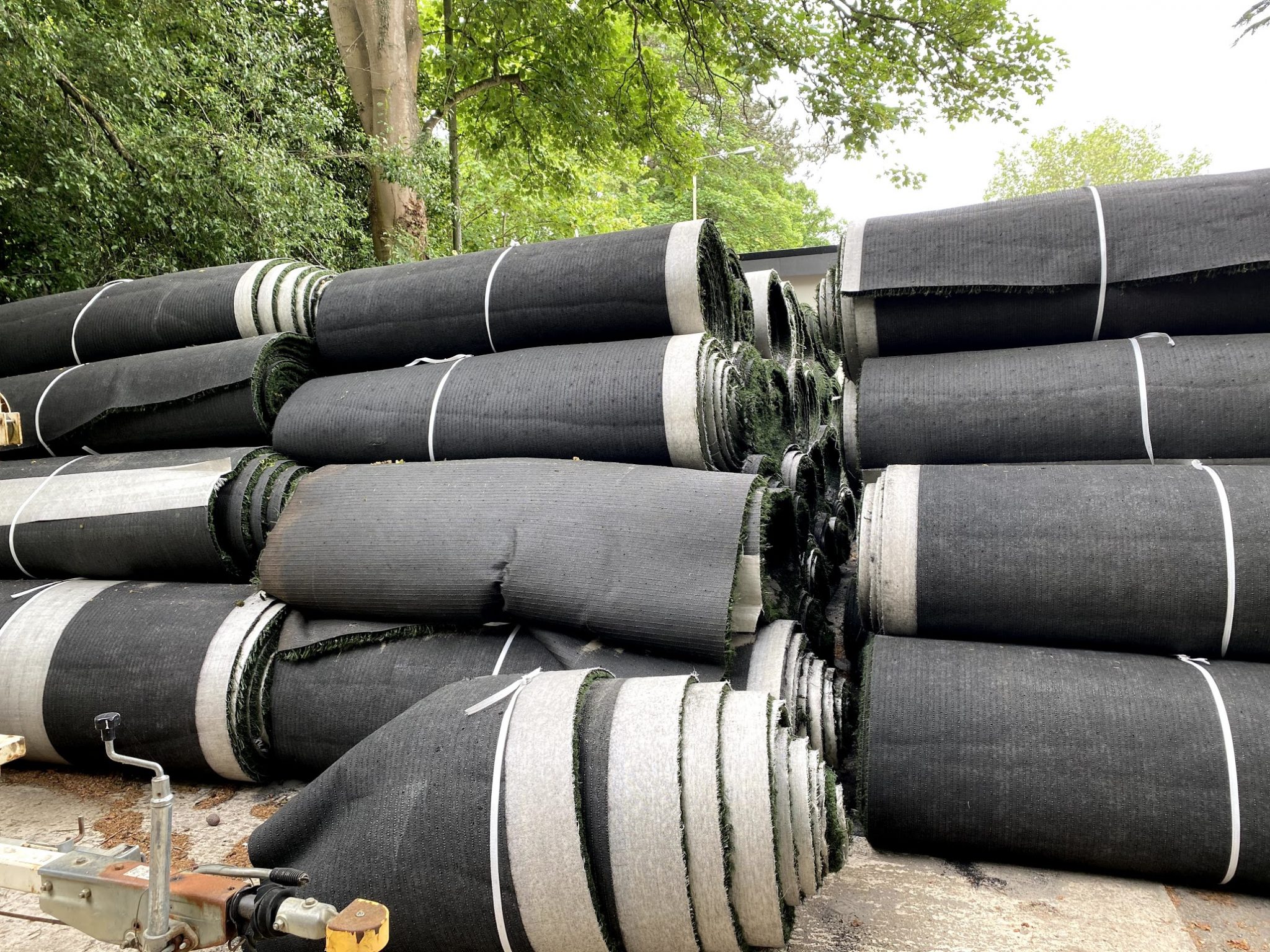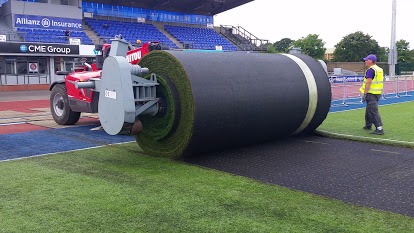Recycling within the artificial grass industry
- 08/11/2020
The artificial grass industry has come under a lot of pressure from environmental agencies for quite some time now, leading to a lot of questions around just how eco friendly it is and how easy it is to recycle.
There is a lot of proof that when it comes to the maintenance of artificial pitches, reduced water consumption and its non-toxic nature, that artificial turf is equal to, if not better, for the environment than its natural grass alternative. When looking at the end of an artificial turf pitch life, however, it has been less clear on whose responsibility it is to ensure that it is disposed of properly, and it was often cheaper and easier to dispose of it in landfill sites.
In recent years, however, there has been a real drive to ensure that landfill is avoided at all costs; and with the focus on the artificial grass industry’s environmental responsibilities, the option for recycling is better known and an artificial pitch and its infill can be used until there really is no life left in it.
Artificial grass is made from common materials, currently polyethylene, but in the past, polypropylene and nylon. The infill that has most commonly been used is SBR (rubber) and sand. In the past, the time, energy and cost it took to separate and dispose of these materials, meant it was easier to remove it, in pieces, at minimal cost and take it to landfill. The machinery to roll up the turf and remove the infill was expensive and because of this, often overlooked as an option when removing an artificial pitch.
With the advancement of technology and a focus on the world’s environmental responsibility, there have been machines designed, with the purpose of separating materials within artificial grass pitches, which makes it easier to have turf recycled. “Specialist machines have been developed to extract and collect sand and rubber infill and roll up individual strips of carpet into rolls.” (Sport England, Recycling of Artificial Grass Carpets Briefing Note) which makes it possible to recycle or repurpose 85-95% of infill.
The artificial grass can then be repurposed in a multitude of places, such as schools, golf courses, or livestock walk ways, it might be possible to reuse some in sports project pathways or covering hard standing areas. It could be used indoors, to create an installation or to give a room a natural feel. The possibilities are endless, giving the turf a new lease of life off of the pitch.
Because artificial grass is made up of plastics, it is extremely recyclable. Once broken down it can be changed into new forms of plastic, used in the production of new plastic products or even as plastic filler for roads. Using old turf in this way prevents new plastics from being created and perfectly usable plastics being wasted.
Artificial grass can also be taken apart, cleaned and sterilized to create new turf. The process reintroduces the raw materials to create new artificial turf, from old unwanted turf.
The world’s war on plastics is a necessary but complicated operation, implicating the artificial grass industry heavily to also take responsibility. The desire and need for new products, is constant, but the need for a solution for single use plastics waste is imperative.
With companies including the removal of old turf, when installing new artificial grass pitches, the choice to ensure it avoids landfill sites becomes project specific. At least the eco friendly choice is now more available.
The developments in technology to make it possible to separate the turf of its infill and ensure all aspects of an artificial grass pitch can be repurposed or recycled, means we are on the right track to dispel the myths around how eco friendly artificial grass is.






